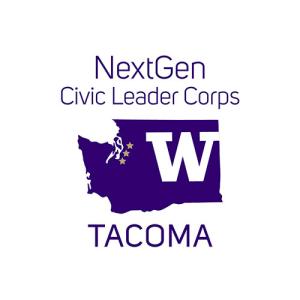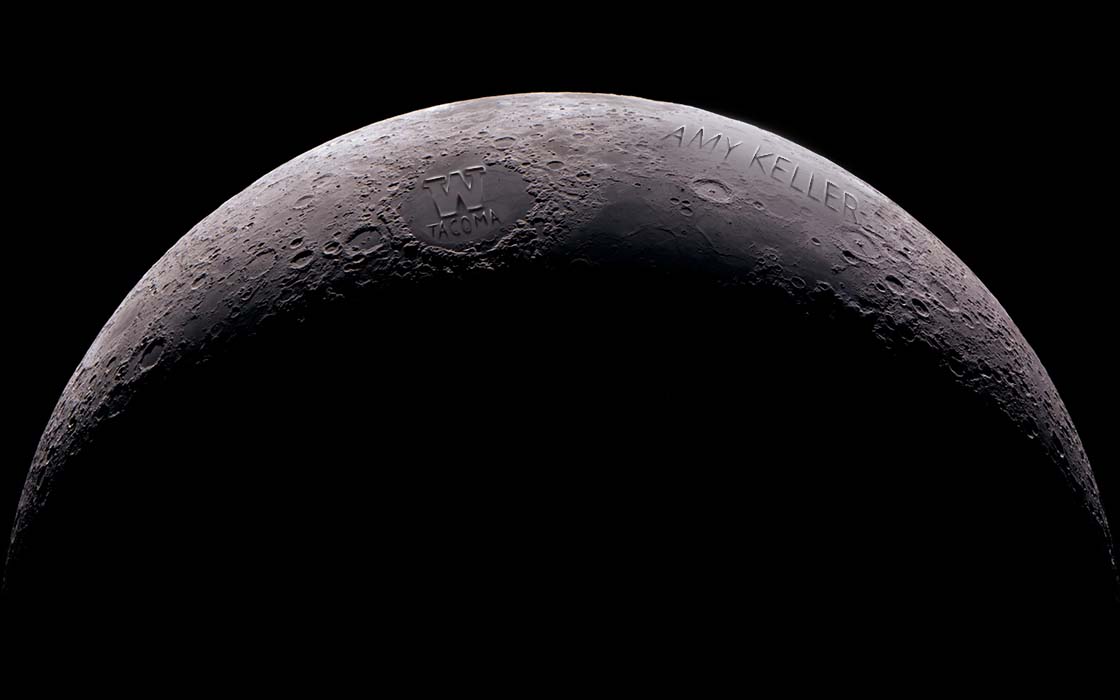
Building a Moon Tower
Mechanical engineering student Amy Keller is putting her stamp, and UW Tacoma's, on the moon, via a life-changing internship with NASA.
Amy Keller had a choice to make.
Which NASA internship did she want?
Keller had two options. “I was offered an internship in Ohio at the Glenn Research Center doing work on solid-state batteries,” she said. “The other internship was with the Structural Mechanics and Concepts Branch at the Langley Research Center in Virginia.”
For that second internship, Keller would get the opportunity to be part of a team that is designing a tower that can be built autonomously by a robot — on the moon. “At the end of the day, I thought I’d have more fun with the autonomous tower and it was more aligned with my skillset,” she said.
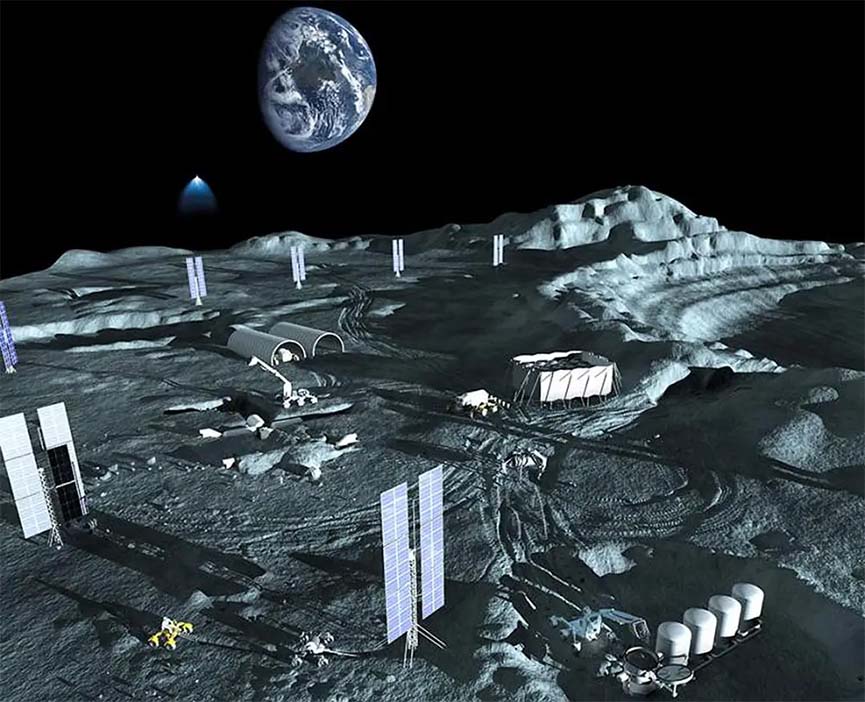
A Florida native, Keller grew up in the Sunshine State.
Keller ended up leaving the university before completing her bachelor’s degree. “I was just depressed and anxious and didn’t like college life,” she said. “I told myself I’d go back to school one day and one day turned into 10 years.”
Keller spent that time working and thinking. “I did a bunch of service industry jobs,” she said. “I was a barista and I tended bar but I never stopped thinking about what I wanted to do. I knew I wanted to do something STEM-related.”
Change of Scenery
Keller wanted a change of scenery. She left Florida in 2017 and moved to Washington. “I really wanted mountains and places to hike,” she said. “I lived in Seattle for a few years then moved to Tacoma — I like Tacoma better.”
Around this time Keller decided she wanted to return to school. She took a couple of courses at Tacoma Community College (TCC) to reacquaint herself with the rhythms of going to school. While there she got involved with TCC’s Engineering Club, ultimately serving as its vice-president. “The more I learned about engineering, the more I felt it was the right path for me,” she said. She completed her associate’s degree at TCC in 2022.
While at TCC Keller met UW Tacoma Professor Heather Dillon. UW Tacoma has partnered with TCC and Morgan State University on a Sloan Foundation-funded project that is focused on increasing the number of women and BIPOC students who pursue graduate programs in engineering. “A key part of this program is providing undergraduates with the opportunity to participate in research,” said Dillon. “Amy participated in a project last summer that involved wave energy.”
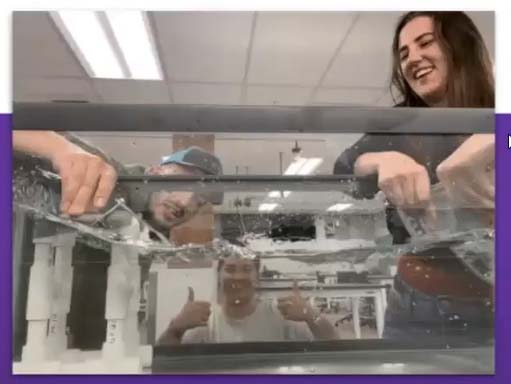
Dillon and Keller established a connection that continued after Keller transferred to UW Tacoma to pursue a degree in mechanical engineering. “She’s [Dillon] been wonderful,” said Keller. “I reached out to her about the internships. I went to her office and we sat down for over an hour and she told me, ‘Whatever you decide is going to be good and you’re going to be fine no matter what.’”
The respect Keller has for Dillon is mutual. “She [Amy] came to campus and jumped straight into a research project with my team,” said Dillon. “Amy is a really innovative engineer, and she is very good at coming up with unique ideas to create value for society. I am glad that she found a role at NASA that allows her to use her engineering expertise.”
“In mechanical engineering at UW Tacoma, we are working hard to connect our students to unique experiences before they graduate. About 47% of current students have already participated in undergrad research experiences, and most of the others complete internships.”
Surreal Experience
Keller remembers the first time she walked into the Langley Research Center. “It was surreal,” she said. “Three or four years ago I never would have thought I’d be here.” At one-point Keller assumed she would never return to college. “Then I did, and I went back with the goal of interning at NASA. I was attached to the idea but wasn’t banking on it.”
Keller started applying for internships at NASA. “I just decided to go for it," she said. "What was the worst that could happen?” Maybe the worst thing was having to decide between two potentially life-altering experiences.
Virginia is a little under 3,000 miles from Tacoma. Keller made the trek there in January to start her four-month internship at NASA. Doing so meant she had to reorganize her life. “I couldn’t have done it without my partner,” said Keller. “He’s holding down the house back home and taking care of my pets.”
Meanwhile, Keller is busy helping NASA. “I’m on the hardware team, so I’m doing testing, fabrication and design on the tower,” she said. Keller’s work is part of Langley’s Research Directorate which “provides premier research and technology development capabilities to the Agency and nation,” according to the directorate’s website.








Back to the Moon
Through a series of missions called Artemis, NASA is planning to return humans to the moon in 2025 with the long-term aim of having people live there. One goal is to build near the rim of the Shackleton Crater (named after Antarctic explorer Ernest Shackleton). That far south, the moon itself blocks all sunlight from the surface for part of the lunar year. “The shadows cast by the moon are going to keep solar panels in the dark for a long period of time,” said Keller. “The idea behind the autonomous tower is that, at 50 meters above the surface, the lunar night that the panels would be exposed to is reduced dramatically, so they would be able to generate more power.”
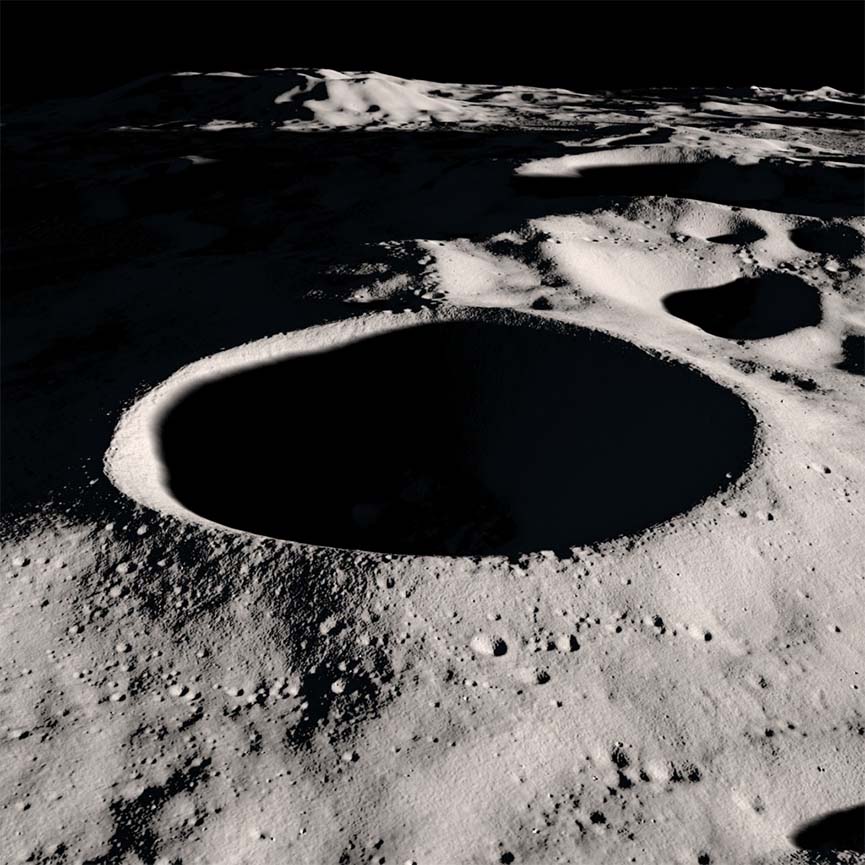
Keller has settled into life at NASA. “I’ve gotten to take tours to see all of that cool stuff that’s here,” she said. “There aren’t rockets, but across the hall from my desk is a concept design for an inflatable
Keller is taking it all in and soaking up every opportunity. Right now, the lasers she looks at and the wind tunnels she explores are objects designed by others. “I want to work for NASA after graduation,” she said. “They are on the cutting edge of science and engineering. Everything they are doing is furthering our knowledge of the universe and it’s also making life better for people here on Earth.”
Four years ago, Keller couldn’t imagine being where she is today. And, who knows, in another four years another intern, possibly from UW Tacoma, with a story similar to Keller’s, might be touring the Langley Research Center and come across a tower constructed autonomously by a robot.
“One thing I noticed is that many of the NASA interviewers commented on my life experience. They really liked that I had been in the ‘real world,’ and done a lot of hands-on projects and chose to go back to school later on.”


